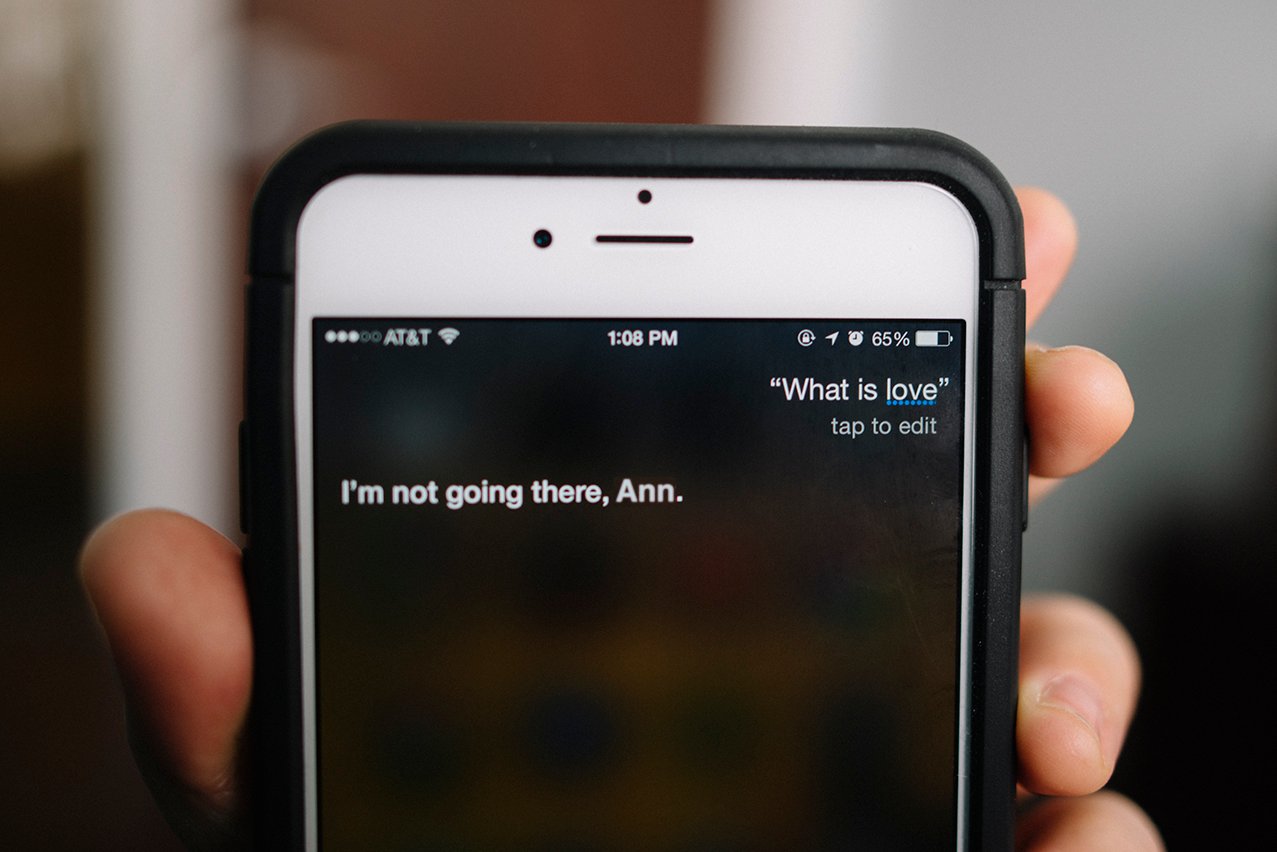By Ellen Burns-Johnson, Instructional Writer/Designer / @EllenBJohnson
.png?width=125&name=Ellen(250).png)
June was Debunk Learning Styles Month. In the same spirit, though a bit off-topic and a little late, I bring you this post on a persistent microlearning myth.
The Myth: Microlearning is great for accommodating millennials' short attention spans.
If you search the phrase "Millennial attention spans," the articles in your results will assert some pretty terrifying numbers. According to some, millennials are capable of focusing on something for only 8 seconds at a time. Or maybe it's 90 seconds? The numbers aren't always consistent, but they can give the impression that millennials struggle with any experience that lasts longer than the time it takes to snap a selfie.
Intuitively, we know this isn't quite true. If it were, millennials wouldn't be able to manage basic tasks like driving or writing blog posts.
In reality, the issue of attention is more complicated. The oft-cited "8-second attention span" claim emerged from a 2013 study of Canadian consumers by Microsoft*. I highly suggest reading the full 52-page PDF report—I managed it even with my distractible millennial brain—but here are two key excerpts that relate to our topic of microlearning:
1. Sustained attention is about tech and media usage habits, not age.
"While age is also correlated with these behaviours," the study reads, "it isn’t significantly tied to sustained attention." (p. 17)
2. Habitual tech users can process information more efficiently.
"Early adopters and heavy social media users front load their attention and have more intermittent bursts of high attention. They’re better at identifying what they want/don’t want to engage with and need less to process and commit things to memory." (p. 24)
The Truth: Microlearning will not compensate for bad learning design.

The Microsoft study asserts that the truncated attention span is a phenomenon that crosses generations, with the key factor in a "short" attention span being relatively intense use of media and technology.
I suspect that a lot of what we observe as "lack of focus" among these experienced tech users (which includes a lot of millennials) is just low tolerance for poor design. These learners are habituated to using the entire Internet as a reference tool, and as the study points out, they are "better at identifying what they want/don’t want to engage with." Your average tech-savvy learner has no incentive for sticking to a poorly constructed tutorial, because she's confident that she can quickly find a better version of the same information on the Web.
It might be helpful to think of this behavior not as a lack of focus, but as a lack of patience. This is not necessarily a bad thing for us as designers of learning. This pressure can help push us to be more concise and create better experiences for all learners.
6 Characteristics of good microlearning design
Let's review what the above insights suggest for microlearning:
1. Sessions should be short (5-10 minutes or less).
2. Sessions should be focused on one task or concept.
3. They should have no more than 10 seconds of introductory material.
4. They should be genuine – in other words, they should feel relatable and personal.
5. They should be accessible, compatible with multiple platforms, and searchable. Learners can learn while at work, on their lunch breaks, on the bus, at home, on their laptops, via Chromecast, etc.
6. The sessions should have easy controls to pause, skip back 30 seconds, or rewind (so learners can follow along, take notes, etc.). If in text or another format, the sessions need to have equivalent functionality.
In my next and final post of this micro-miniseries, I'll take a look at a few examples of microlearning and explore how they applied the above principles to create learning experiences that appeal to a broad audience.
Do you have something to add on the topic of #microlearning? Did you disagree with something in this post? We'd love to hear from you! Post in the comment section below or connect with us on Twitter: @customelearning and @EllenBJohnson.
WANT TO SHARE THIS BLOG? CLICK THIS READY-MADE TWEET BELOW!
CLICK TO TWEET: The #Microlearning Millennial Myth http://hubs.ly/H017DWK0 #aiblog @customelearning @EllenBJohnson
-1.png?width=75&height=75&name=Copy%20of%20It%20is%20not%20the%20strongest%20of%20the%20species%20that%20survive%2c%20nor%20the%20most%20intelligent%2c%20but%20the%20one%20most%20responsive%20to%20change%E2%80%99%20(11)-1.png)






Comment